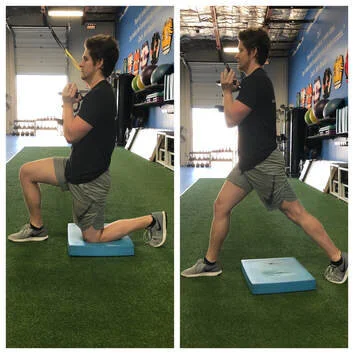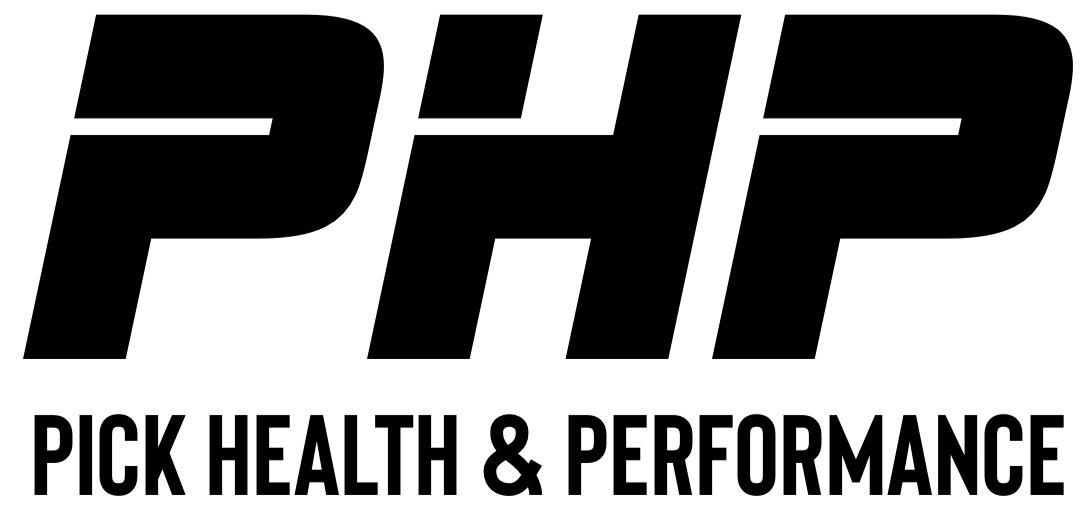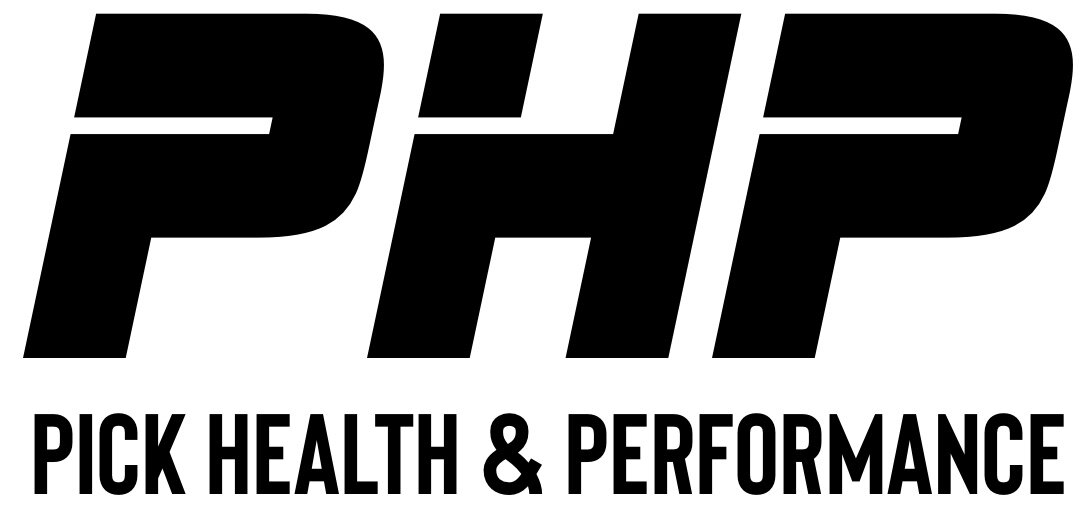
Dry Needling: The Secret Weapon and the Sniper Approach.
Dry Needling: The secret weapon to your recovery? Here’s why we call dry needling the “sniper approach”.

4 Common Questions About Dry Needling:
4 Common Questions about Dry Needling:
Is Dry Needling the same as Acupuncture?
How did Dry Needling come about?
Does it hurt?
Where does dry needling work best?

3 Exercises To Reduce Knee Injuries in Ice Hockey Players:
Today we are going to cover 3 strategies that we implement when helping athletes to reduce the likelihood of knee injuries or when rehabbing current and/or pre-existing injuries.

Knee Injuries In Ice Hockey.
With knee injuries being common within the ice hockey population, the Medial Collateral Ligament (MCL) is the most often injured structure. The MCL is a critical passive stabilizing structure of the knee that is located on the inside of the knee and attaches at the femur and the tibia. An MCL injury often results due to excessive force to the outside of the knee resulting in a stretch of the MCL.

Why You SHOULD Continue To Strength Train While Injured:
In addition to enhancing athletic qualities, resistance training is pivotal in reducing the likelihood of injury and can even help to accelerate the recovery process if an injury occurs. Below are 3 reasons why an injured athlete should not just “rest” but continue to strength train during the recovery process.

Ankle Injuries in Ice Hockey:
When thinking about injuries related to ice hockey, ankle injuries may not be the first thing you think of, and understandably so. But, when examining the amount of games and practices missed amongst Division I College Ice Hockey Players, ankle injuries resulted in the most amount of time missed.

